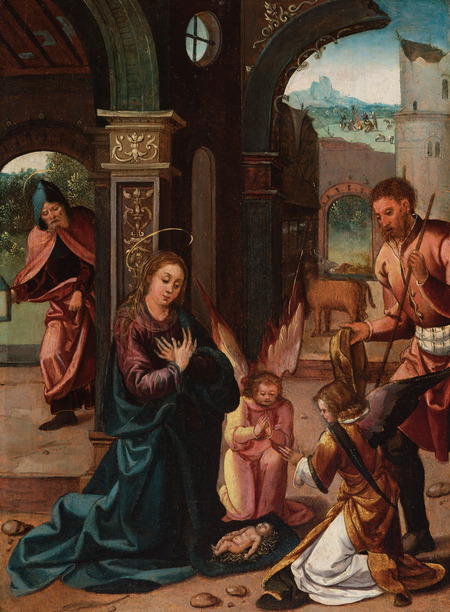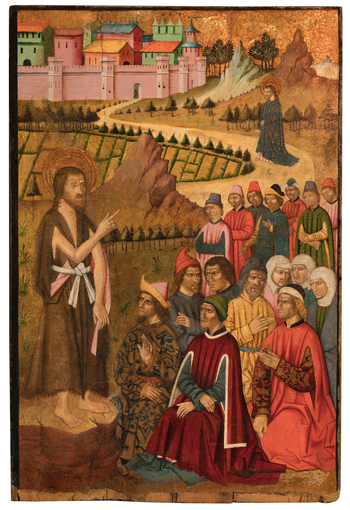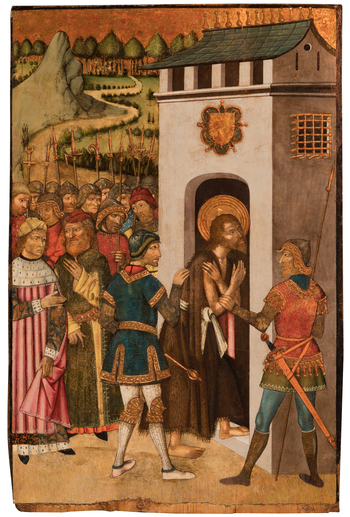The road to the Renaissance, Spanish painting around 1500
The 15th century is perhaps one of the most important periods in history and the turning point on the road to the modern world. This time of change is the scenario in which the Middle Ages are gradually abandoned until the arrival of the Renaissance. It is a time of economic prosperity and the rise of a bourgeoisie that, like the Church and the aristocracy, will become patrons of art. The Spanish case is especially rich due to the fact that it is a peninsula with different kingdoms and their corresponding influences from abroad. The noblemen of Castile, for example, obtained lucrative profits from the export of merino wool throughout Europe, especially in the Flemish territories, such as Bruges or Antwerp. This fruitful commercial relationship allowed the arrival of masterpieces of the so-called International Gothic and later of the Flemish Primitives. Its impact on local artists was crucial to the point that they began to imitate not only the iconography, but also the way of treating the fabrics, the landscape or the gestures of the characters that came closer to reality offering an unprecedented realism.
Setdart’s next auction, on June 22, features an outstanding group of works from this period, including the four panels by Gil de Encinas (lot 35300602), which perfectly illustrate how Flanders left its mark on the artists of Castile. In these paintings, from the predella of an altarpiece, we can see how the evolution towards the Renaissance taste is taking place with a greater expressiveness of the characters and the insertion of classical ruins in the backgrounds. The following work from our catalog clearly exemplifies this transition, “La Natividad” by Alejo Fernández.
The other Spanish kingdom with the greatest hegemony during the 15th century was Aragon, the diverse group of territories that included Zaragoza, Valencia, the Catalan lands and Mallorca. A kingdom that overlooked the Mediterranean and was deeply marked by its relationship with the commercial ports. We must not forget that their presence here was that of an empire with possessions and conquests in Sardinia, Greece or Sicily. The strong link with Italy can be appreciated within the Aragonese school. The advances in perspective, the use of color or the magnificent backgrounds in gold leaf and stews are of clear Italian influence. All these features survived until almost the sixteenth century, almost as signs of identity of the Aragonese masters.
We offer as excellent examples of late Gothic in the Crown of Aragon these two panels by the master Juan de la Abadía with scenes from the life of St. John the Baptist. The brightly colored architectures are reminiscent of Giotto’s works and the golden sky is reminiscent of Tuscan works, just to mention some of the features that are closer to Italian models.
The Iberian Peninsula was the point of confluence of the main artistic currents of the 15th century. Trade and conquest accelerated the process of change from Gothic to Renaissance. The Castilian and Aragonese schools managed to combine Flemish and Italian traditions in their painting, resulting in their own unique identity in Europe.








